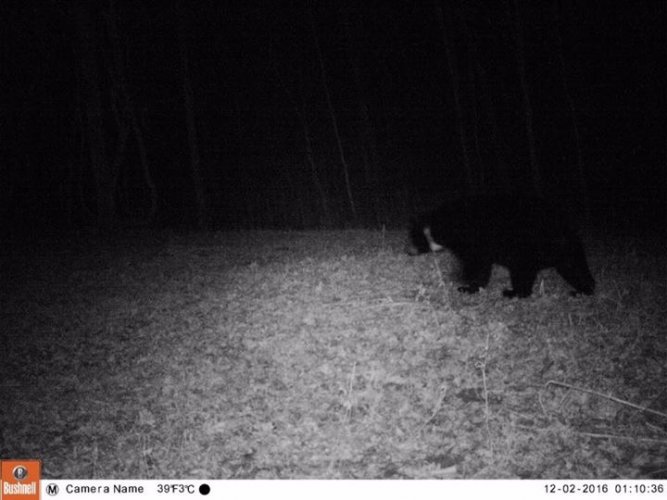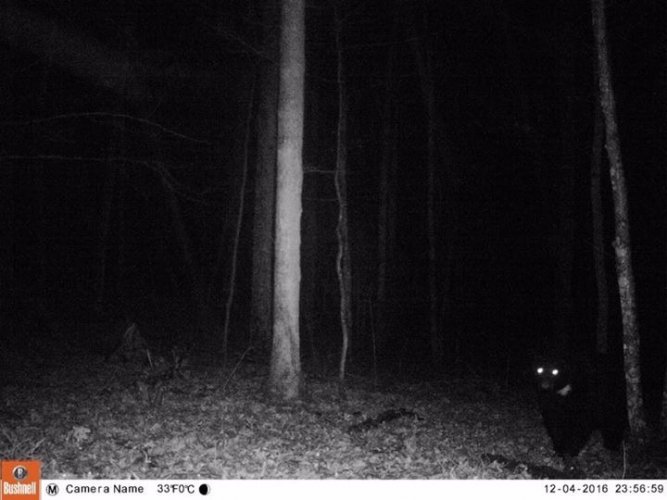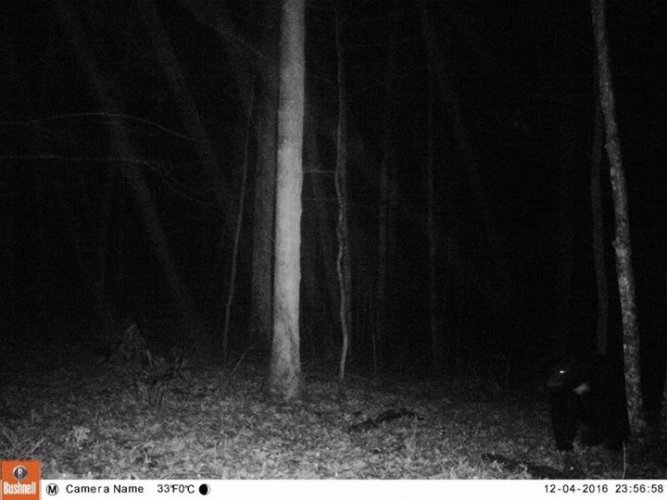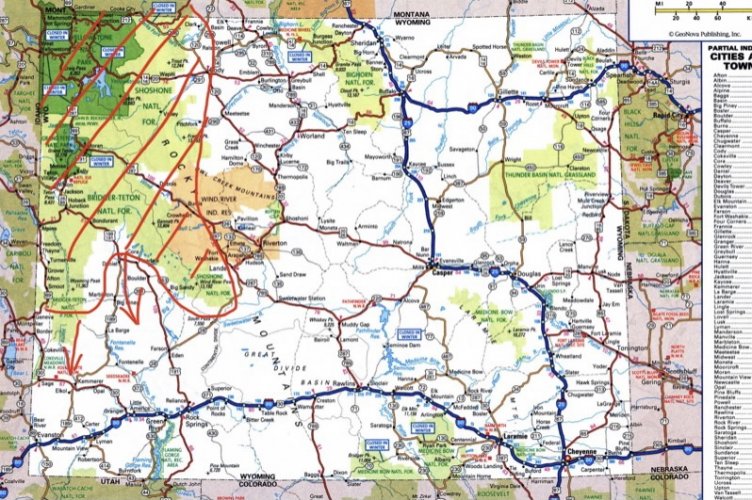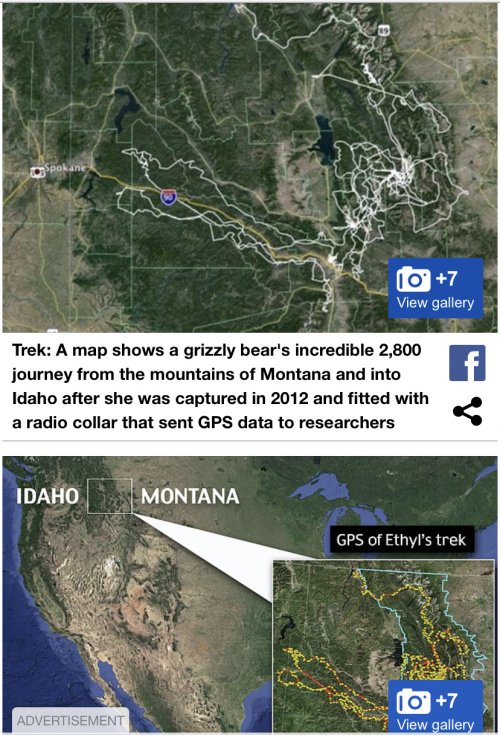Irrelevant
Well-known member
Does anyone know if grizzly bear collar data is published online? Or if you can request it? I'd like to better understand the actual distribution on the landscape. I don't live in griz country, but am planning on hunting it. I'd like to review the location data to better understand how they use particular features of a particular landscape so that I can try to reduce the likelihood of encounters.




